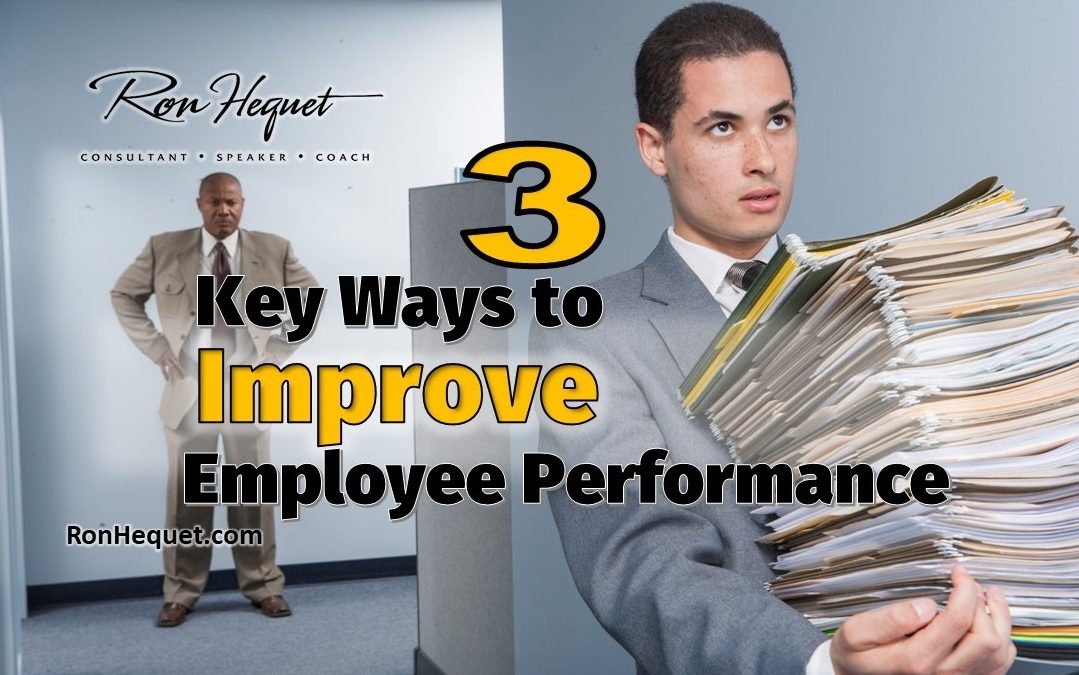When it comes to improving employee performance, performance appraisals are vital to the development of an employee. They are not fooled by a weak appraisal—one that has no constructive feedback, either positive or negative. And although they may believe wrestling on TV is real, they know a phony performance review when they see or hear it.
Performance appraisals serve to document and evaluate the performance of an employee, and includes steps to improve or redirect actions as needed. In my opinion, employees are better off receiving no performance reviews rather than receiving one that is weak and ineffectual.
The truth is, your employees not only need, but they want to receive a periodic evaluation of their performance. The result is an improvement of job performance in an atmosphere of objective feedback. Employees typically will view their evaluation as positive, if it provides the means to make improvements.
Therefore, to make the most of your performance appraisal process, I’ve outline three key guidelines below.
1. Make it Real
An employee’s direct manager or supervisor with first hand job performance knowledge must participate in the evaluation. Additionally, the review document must be relevant to the person being evaluated. To clarify the performance you need to measure, use an existing job description, a list of responsibilities, or a job “task and duty” list. Employees will view their evaluation as constructive if you base judgments on observable behavior and documented results, rather than general opinions.
2. Guide Future Output
Inevitably, you will need to have a conversation with an employee with less than acceptable performance. To make these discussions constructive, include specific methods in the evaluation for the employee’s improvement. Also, incorporate quantitative output and timelines to measure the employee’s progress. It is imperative that you give periodic feedback to determine if the methodologies used are effective. However, if you neglect to implement these strategies, don’t expect different performance results. You owe it to your employees and your business to promote the growth of each with performance and process improvements.
3. Receive Commitment
You must have buy-in from the employee on the efforts needed to correct or improve problematic performance areas. Employers should ensure that any and all improvement is rewarded through acknowledgement and praise or incentive that fits the job and/or the individual.
Still a truism—an organization’s most valuable resource is its personnel. A comprehensive evaluation system will enhance employee development, demonstrate the organization’s appreciation of employees and serve as a key element in motivating exceptional performance.

To get more information and receive other no-cost special audio downloads, reports, articles, blog posts, and more, visit Ron Hequet where I cover valuable topics that every person wanting to grow their business or career needs to know. And, if you’re ready to take your business to the next level, get a free assessment from me personally at Free Business Assessment or for those wanting to build your career go to Complimentary Coaching Assessment.
And if you haven’t joined my FB group yet, click here to join.
